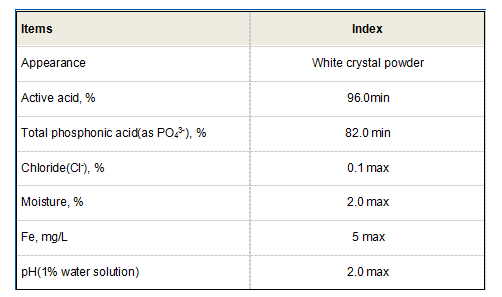Applications and Benefits of Poly Aluminum Chloride in Water Treatment Processes
Understanding Poly Aluminum Chloride (PAC) Uses, Benefits, and Applications
Poly Aluminum Chloride (PAC) is a versatile inorganic polymer widely used in various industries, particularly in water treatment, paper manufacturing, and food processing. As an efficient coagulant and flocculant, PAC plays a critical role in enhancing the quality of water and wastewater, making it an essential component in modern environmental management practices.
Composition and Characteristics
PAC is a compound formed by the polymerization of aluminum chloride. Its chemical structure allows it to have a higher charge density compared to traditional coagulants like aluminum sulfate (alum). This increased charge density enhances PAC’s ability to interact with suspended particles in water, making it a more effective agent in the coagulation and flocculation processes. The poly aluminum chloride offered in various formulations can also vary in basicity and aluminum content, allowing users to choose a type that best suits their specific application needs.
Applications in Water Treatment
One of the primary applications of PAC is in the treatment of drinking water and wastewater. When added to water, PAC neutralizes the electric charges of suspended particles, enabling them to aggregate and form larger flocs. These larger aggregates can then be easily removed through sedimentation or filtration. The efficiency of PAC in removing impurities significantly enhances water clarity and purity, making it suitable for both municipal and industrial water treatment facilities.
Moreover, PAC has proven to be effective in treating water with high turbidity levels, which is often a challenge for many conventional coagulants. Its rapid settling properties and effectiveness over a wide pH range make it a preferred choice for many water treatment professionals.
Benefits Over Traditional Coagulants
poly aluminum chloride pac

The advantages of using PAC over traditional coagulants like alum are numerous. Firstly, PAC typically requires a lower dosage than alum to achieve the same level of treatment, which can lead to cost savings. Additionally, PAC generates less sludge, resulting in reduced disposal costs and environmental impact. The lower chemical demand not only translates into economic benefits but also minimizes the adverse effects associated with residual chemicals in treated water.
Furthermore, PAC does not significantly alter the pH levels of water, allowing for more straightforward balancing of water chemistry. This property is particularly beneficial in applications where maintaining a specific pH is crucial, such as in aquatic environments and processes involving sensitive organisms.
Industrial Use
In addition to its role in water treatment, PAC is widely utilized in the paper manufacturing industry as a sizing agent and retention aid. By enhancing the retention of fibers and fillers in the paper, PAC contributes to improved paper quality and strength. Its use in this sector helps optimize production processes while reducing waste and costs.
Moreover, PAC is also gaining traction in food processing and various industrial applications, including textile and chemical manufacturing. Its use as a clarifying agent and stabilizer enhances product quality and safety.
Conclusion
Poly Aluminum Chloride (PAC) is a crucial chemical with significant implications in water treatment, industrial applications, and more. Its unique properties and advantages over traditional coagulants make it a preferred choice for professionals seeking effective and economical solutions for managing water quality and industrial processes. As industries continue to prioritize sustainability and efficiency, PAC stands out as a reliable and effective chemical that meets the demands of modern environmental practices. With ongoing research and development, the applications of PAC are likely to expand further, solidifying its place as a cornerstone in water treatment and industrial processes. As we move towards a more sustainable future, understanding and leveraging the benefits of PAC will be vital in navigating the challenges of water and resource management.
-
The Ultimate Guide to Flocculants: Transforming Water TreatmentNewsNov.01,2024
-
Improve Your Water Treatment Solutions with PolyacrylamideNewsNov.01,2024
-
Enhance Your Water TreatmentNewsNov.01,2024
-
Empower You to Achieve the Highest Standards of Water QualityNewsNov.01,2024
-
Effective Scale InhibitorsNewsNov.01,2024
-
Discover the Power of Poly Aluminum Chloride in Water TreatmentNewsNov.01,2024





